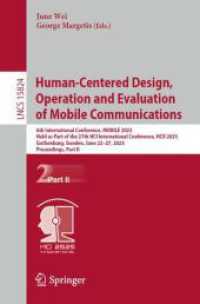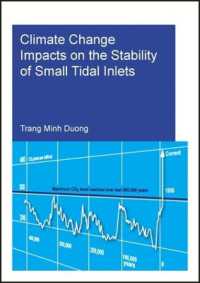Full Description
Storytelling is a fundamental mode of everyday interaction. This book is based upon the Narrative Corpus (NC), a specialized corpus of naturally occurring narratives, and provides new paths for its study. Christoph Rühlemann uses the NC's narrative-specific annotation and XPath and XQuery, query languages that allow the retrieval of complex data structures, to facilitate large-scale quantitative investigations into how narrators and recipients collaborate in storytelling. Empirical analyses are validated using R, a programming language and environment for statistical computing and graphics. Using this unique data and methodological base, Rühlemann reveals new insights, including the discovery of turntaking patterns specific to narrative, the first investigation of textual colligation in spoken data, the unearthing of how speech reports, as discourse units, form striking patterns at utterance level, and the identification of the story climax as the sequential context in which recipient dialogue is preferentially positioned.
Contents
Introduction; 1. Towards a working definition of conversational narrative; 2. Data, methodology, and tools; 3. How do narrators and recipients co-construct turntaking?; 4. Recipient design I: how do narrators mark discourse presentation?; 5. Recipient design II: how do narrators use discourse presentation for dramatization?; 6. How do recipients co-author stories?; 7. Summary, conclusions and directions for future research; Appendix 1; Appendix 2; Appendix 3.








